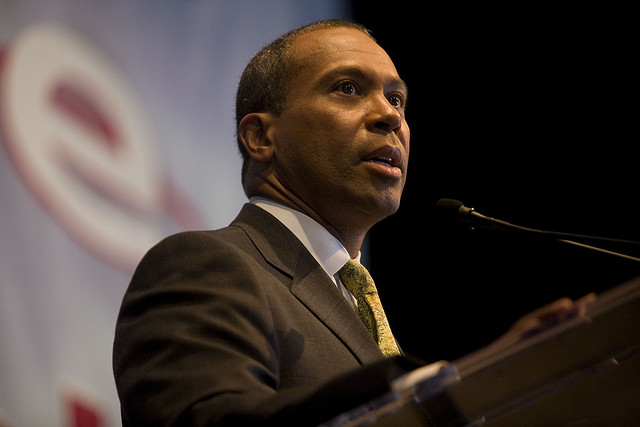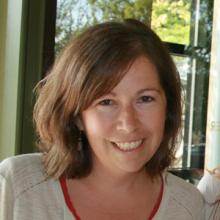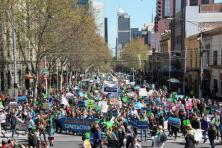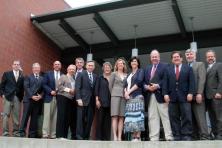On February 15, the Massachusetts Clean Energy Center and the Massachusetts Department of Energy Resources’ Green Communities Division announced the first six grantees of the Community Energy Strategies Pilot Program, a $500,000 state program to help local communities identify and implement strategies in energy efficiency and renewable energy to meet their local energy needs.





